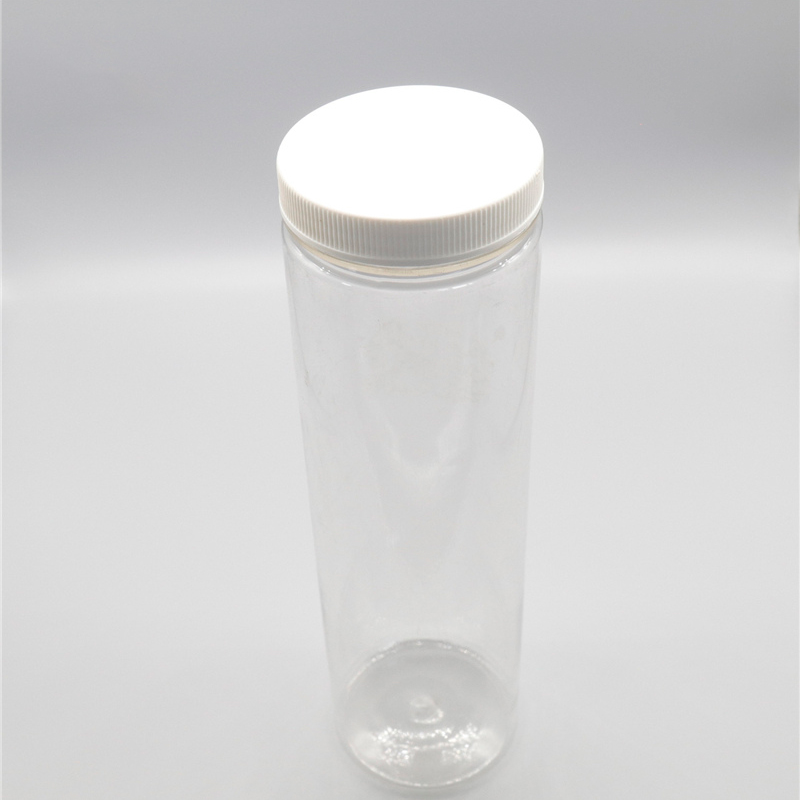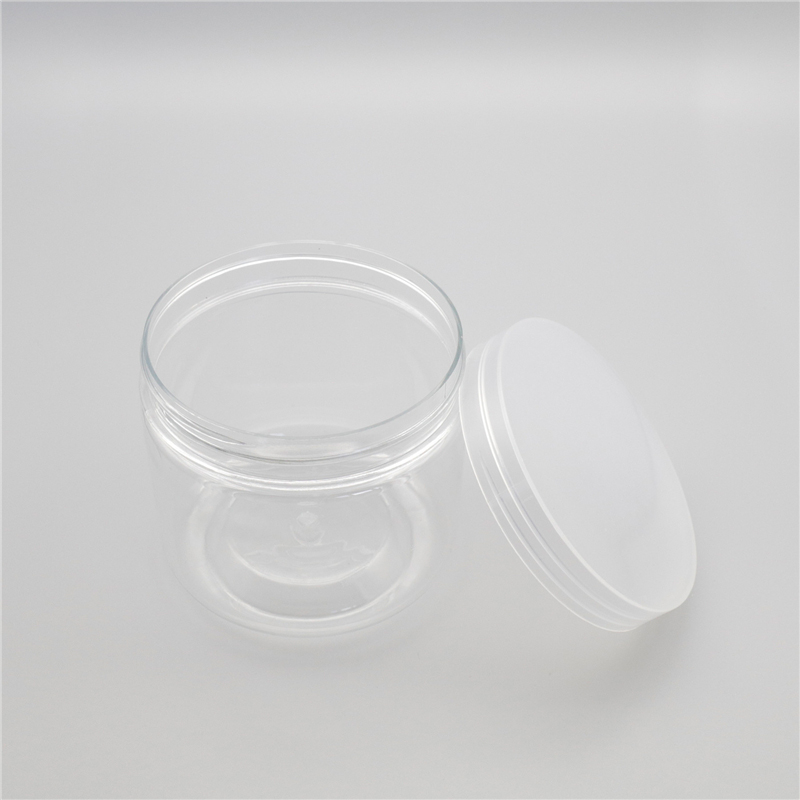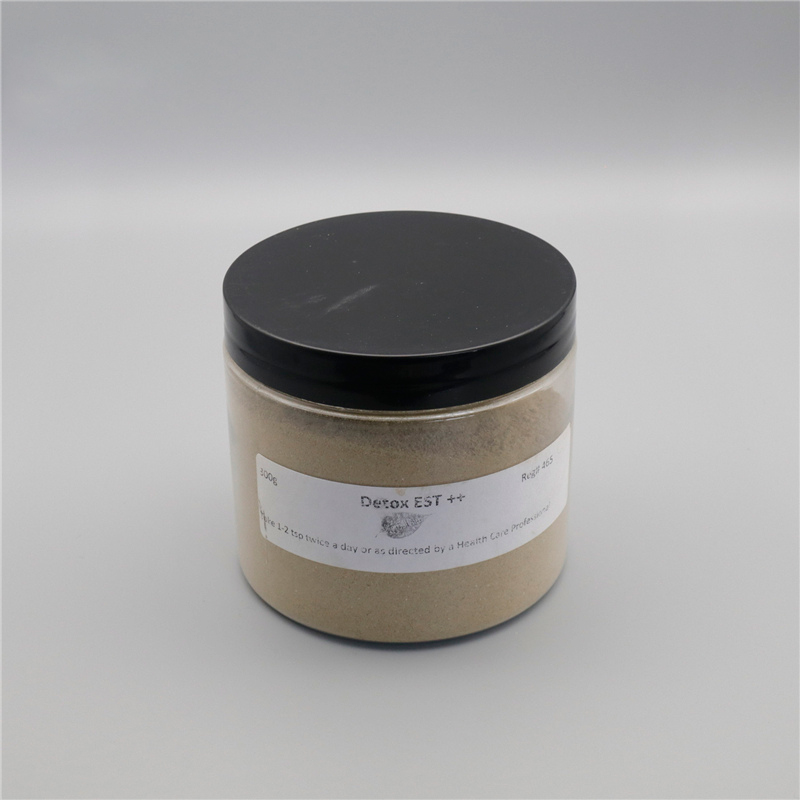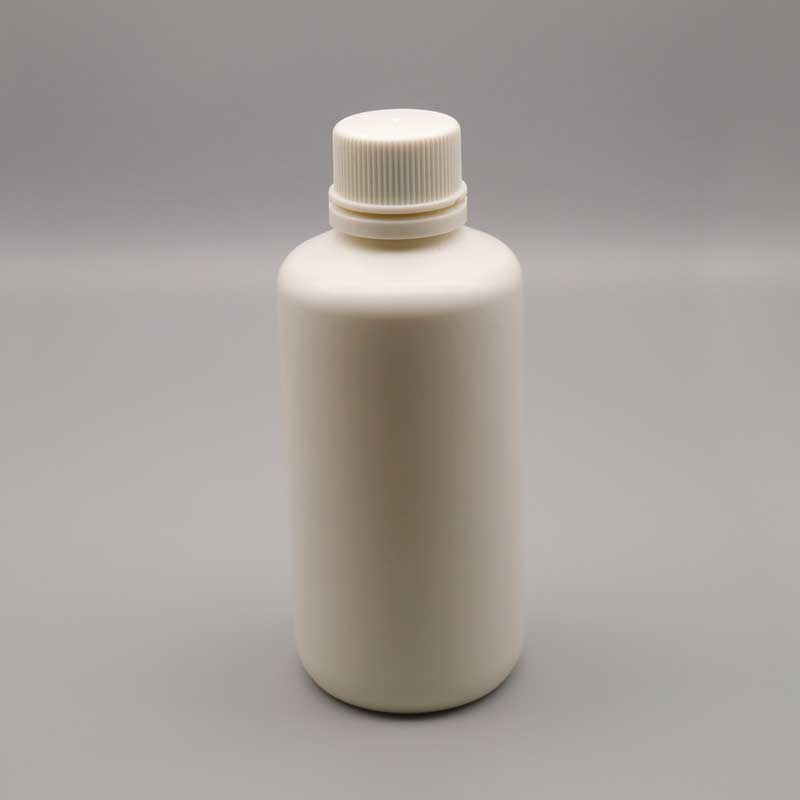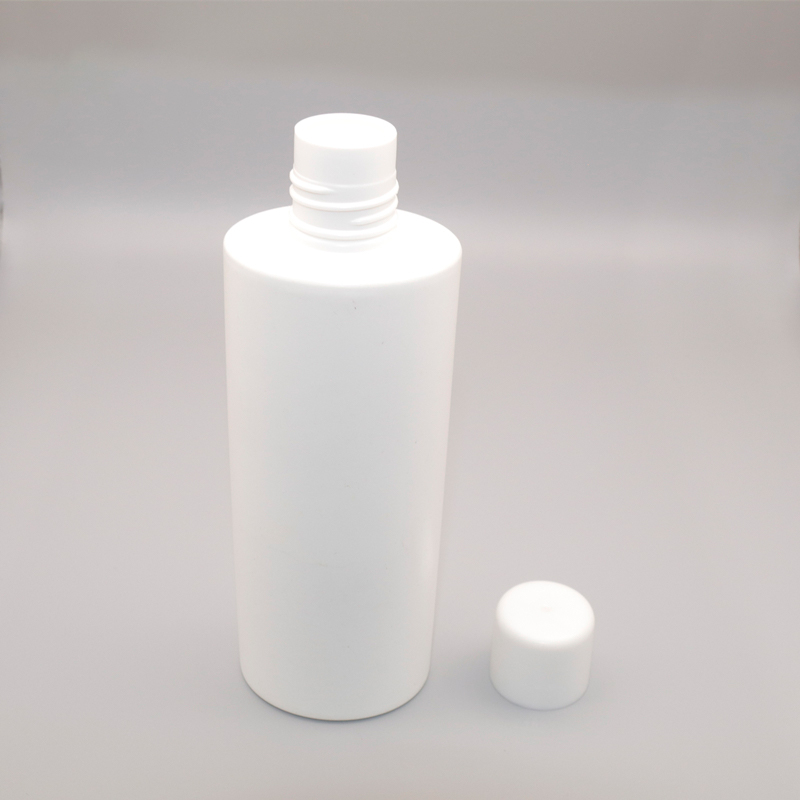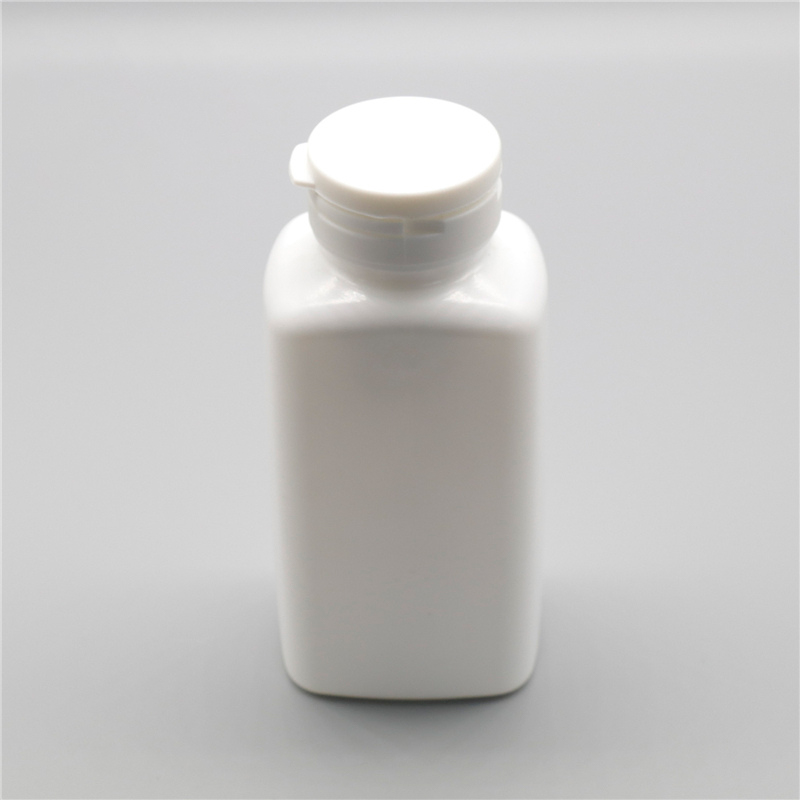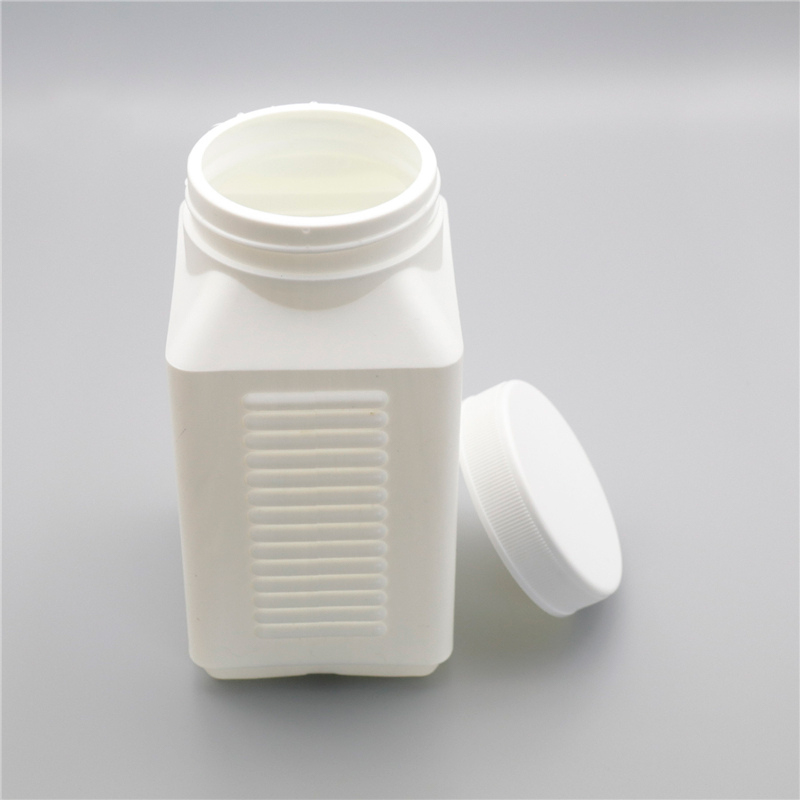What is PLA material?
Polylactic acid, also known as PLA, is a thermoplastic monomer derived from renewable, organic sources such as corn starch or sugar cane. Using biomass resources makes PLA production different from most plastics, which are produced using fossil fuels through the distillation and polymerization of petroleum.
Despite the raw material differences, PLA can be produced using the same equipment as petrochemical plastics, making PLA manufacturing processes relatively cost efficient. PLA is the second most produced bioplastic (after thermoplastic starch) and has similar characteristics to polypropylene (PP), polyethylene (PE), or polystyrene (PS), as well as being biodegradeable.
The Institute of biodegradable materials reported that PLA materials have good application prospects in the field of packaging, but it is not perfect in toughness, heat resistance, antibacterial and barrier properties. When applied to transportation packaging, antibacterial packaging and intelligent packaging with high requirements for these properties, it needs to be further improved. How about the application of PLA in the field of packaging? What are the advantages and limitations?
These shortcomings of PLA can be corrected through copolymerization, blending, plasticization and other modifications. On the premise of retaining the transparent and degradable advantages of PLA, it can further improve the degradability, toughness, heat resistance, barrier, conductivity and other properties of PLA, reduce the production cost, and make it more widely used in packaging.
This news introduces the research progress of PLA modification applied in the field of packaging
1. Degradability
PLA itself is relatively stable at room temperature, but it is easy to degrade rapidly in slightly high temperature environment, acid-base environment or microbial environment. The factors affecting the degradation of PLA include molecular weight, crystalline state, microstructure, environmental temperature and humidity, pH value, illumination time and environmental microorganisms.
When applied to packaging, the degradation cycle of PLA is not easy to control. For example, due to its degradability, PLA containers are mostly used in food packaging on short-term shelves. Therefore, it is necessary to control the degradation rate by doping or blending other materials in PLA according to the factors such as product circulation environment and shelf life, so as to ensure that the packaged products can be safely protected within the validity period and degraded in time after abandonment.
2. Barrier performance
Barrier is the ability to block the transmission of gas and water vapor, is also called moisture and gas resistance. Barrier is particularly important for food packaging. For example, vacuum packaging, inflatable packaging and modified atmosphere packaging all require the barrier of materials to be as good as possible; The spontaneous controlled atmosphere preservation of fresh fruits and vegetables requires different permeability of materials to gases such as oxygen and carbon dioxide; Moisture proof packaging requires good moisture resistance of materials; Anti rust packaging requires that the material can block gas and moisture.
Compared with high barrier nylon and polyvinylidene chloride, PLA has poor oxygen and water vapor barrier. When applied to packaging, it has insufficient protection for oily food.
3.Heat resistance
The poor heat resistance of PLA material is due to its slow crystallization rate and low crystallinity. The thermal deformation temperature of amorphous PLA is only about 55 ℃. The unmodified polylactic acid straw has poor heat resistance. Therefore, PLA straw is more suitable for warm and cold drinks, and the tolerance temperature is - 10 ℃ to 50 ℃.
However, in practical use, the straw of milk tea drinks and coffee stirring rod need to meet the heat resistance above 80 ℃. This requires modification on the original basis, which can change the properties of PLA from two aspects: physical and chemical modification. Multiple compounding, chain expansion and compatibilization, inorganic filling and other technologies can be adopted to change the poor heat resistance of PLA itself and break the technical barrier of PLA straw material.
The specific performance is that the branch chain length of PLA can be controlled by changing the feed ratio of PLA and nucleating agent. The longer the branch chain, the greater the molecular weight, the greater the TG, the rigidity of the material is enhanced and the thermal stability is improved, so as to improve the heat resistance of PLA and inhibit the thermal degradation behavior of PLA.
Post time: Mar-12-2022
